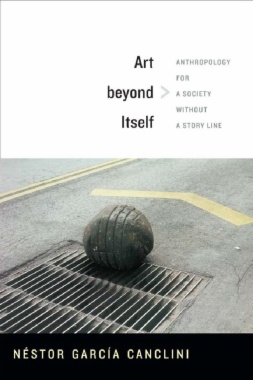

Many studies during the past few decades have sought to determine whether the death penalty has any deterrent effect on homicide rates. Researchers have reached widely varying, even contradictory, conclusions. Some studies have concluded that the threat of capital punishment deters murders, saving large numbers of lives; other studies have concluded that executions actually increase homicides; still others, that executions have no effect on murder rates. Commentary among researchers, advocates, and policymakers on the scientific validity of the findings has sometimes been acrimonious.
Against this backdrop, the National Research Council report Deterrence and the Death Penalty assesses whether the available evidence provides a scientific basis for answering questions of if and how the death penalty affects homicide rates. This new report from the Committee on Law and Justice concludes that research to date on the effect of capital punishment on homicide rates is not useful in determining whether the death penalty increases, decreases, or has no effect on these rates. The key question is whether capital punishment is less or more effective as a deterrent than alternative punishments, such as a life sentence without the possibility of parole. Yet none of the research that has been done accounted for the possible effect of noncapital punishments on homicide rates. The report recommends new avenues of research that may provide broader insight into any deterrent effects from both capital and noncapital punishments.